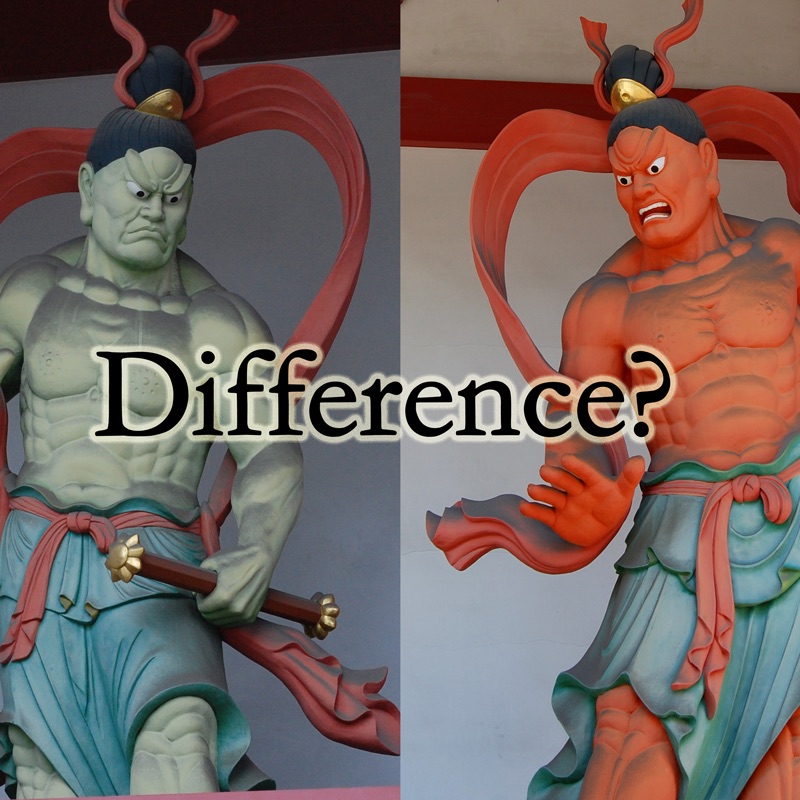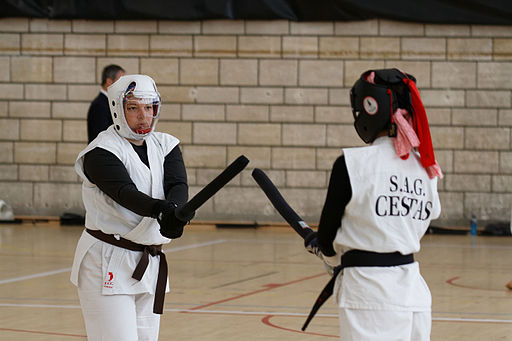You Got It!
Do You Know the Difference Between Tsuyoi and Umai?

The kendō I have been wanting or searching is that tsuyoikendo. What is tsuyoi kendō?
One day when I was 12 years old, at my dōjō back in Japan, the late Tsurumaru sensei called me and asked me, out of nowhere, this question.
Which One Is Better, Tsuyoi Kendō and Umai Kendō?
Tsuyoi means strong. And umai means skillful.
What do you think?
His explanation…
Tsuyoi kendō is like this. You can strike a target, for example, men while showing that you are going to strike men. So your opponent knows what you are going to strike.
Umai Kendō is like this. You strike a target, for example, kote while showing that you are going to strike men.
My answer was tsuyoi kendō would be better and I did not know why until he told me an answer for this question.
Almost 30 years later, I talked to Masayoshi Miyazaki (7-dan) about it. He was in charge of kids’ kendō back then and have been my sensei for as long as I have been doing kendō.
He said, “The former one is martial arts and the latter one is sports”.
The second half is available for the members
Martial Arts vs. Sports
 Sports Chanbara, Pierre-Yves Beaudouin / Wikimedia Commons, via Wikimedia Commons
Sports Chanbara, Pierre-Yves Beaudouin / Wikimedia Commons, via Wikimedia CommonsI do not think there is a vivid line between the two (at this very moment) and I am still figuring that out but I know what he meant.
In training, we should not focus about hitting targets, even though that is what we do in kendō. In training, we should focus on the process rather than results.
It is always important to have a good result (sports aspect) but more importantly we should focus on “how” to get a good result (the way part of kendō).
Tsuyoi kendō is more like the core of our life. Live and fight fair and square. Live right. Fight without cheating. That is why the late Tsurumaru sensei said, you should practice kendō like “I am going to strike men and strike and get men”.
Umai kendō is also necessary. Mind you, umai does not mean cheat. We need to know a lot of different techniques to fight with righteousness and support the tsuyoi kendō.
Kamiizumi Isenokami Nobutsuna
Here is an example of Umai. I am telling this story from my memory that is very poor so please forgive me if this is not very accurate.
The founder of Shinkage-Ryū, Kamiizumi Isenokami Nobutsuna was passing through a village.
The villagers were gathering looking very worried. And as he passed by, one of the villagers asked him to save a girl from a kidnapper hiding in a shed (or a house) because Nobutsuna looked like a great samurai.
Nobutsuna agreed to help the girl. But he started shaving his hair off and dressed up like monk. He also prepared some rice balls.
He walked toward the shed and said to the kidnapper, “You (and/or the girl) must be hungry. I have some rice balls for you (and the girl). Let me in”.
The kidnapper let him in and then Nobutsuna pinned the kidnapper down and rescued the girl.
No one died or got hurt by Nobutsuna getting into the shed to rescue. He just chose one technique out of other possible solution and executed it very well.
He could confront the kidnapper as a samurai. He could try to persuade the kidnapper like a negotiator. He could use other villagers to attract the kidnapper’s attention.
To accomplish a goal, he probably had a lot of techniques but he chose the best technique at that time under that circumstance.
Become a Strong Person with a Lot of Techniques
Up until recently, I was aiming to do tsuyoi kendō but now I am trying to add more techniques to my kendō.
The core of my ideal kendō is tsuyoi kendō but I absolutely need more techniques to expand and improve my kendō.
Life is the same, don’t you think? People who live their life seriously and with righteousness are not always treated correctly. People need some skills so they can be treated right and also the right things can be seen “right”.
What do you think?

